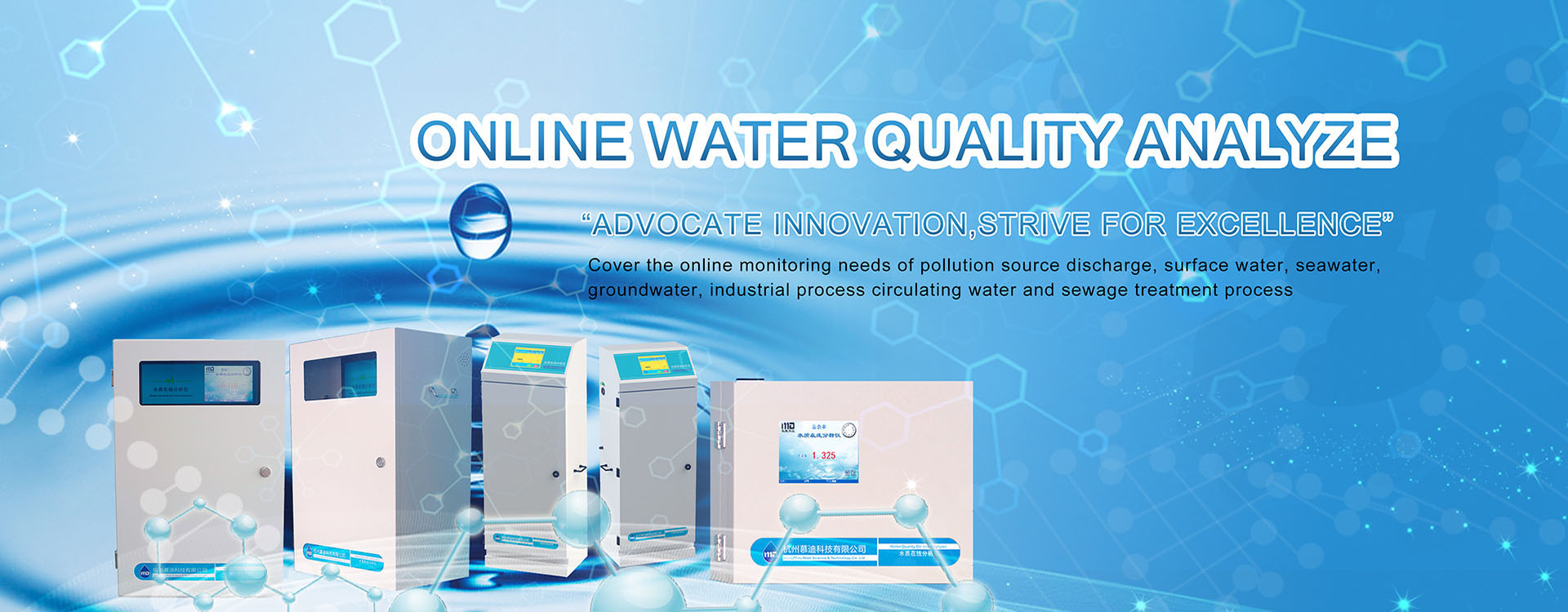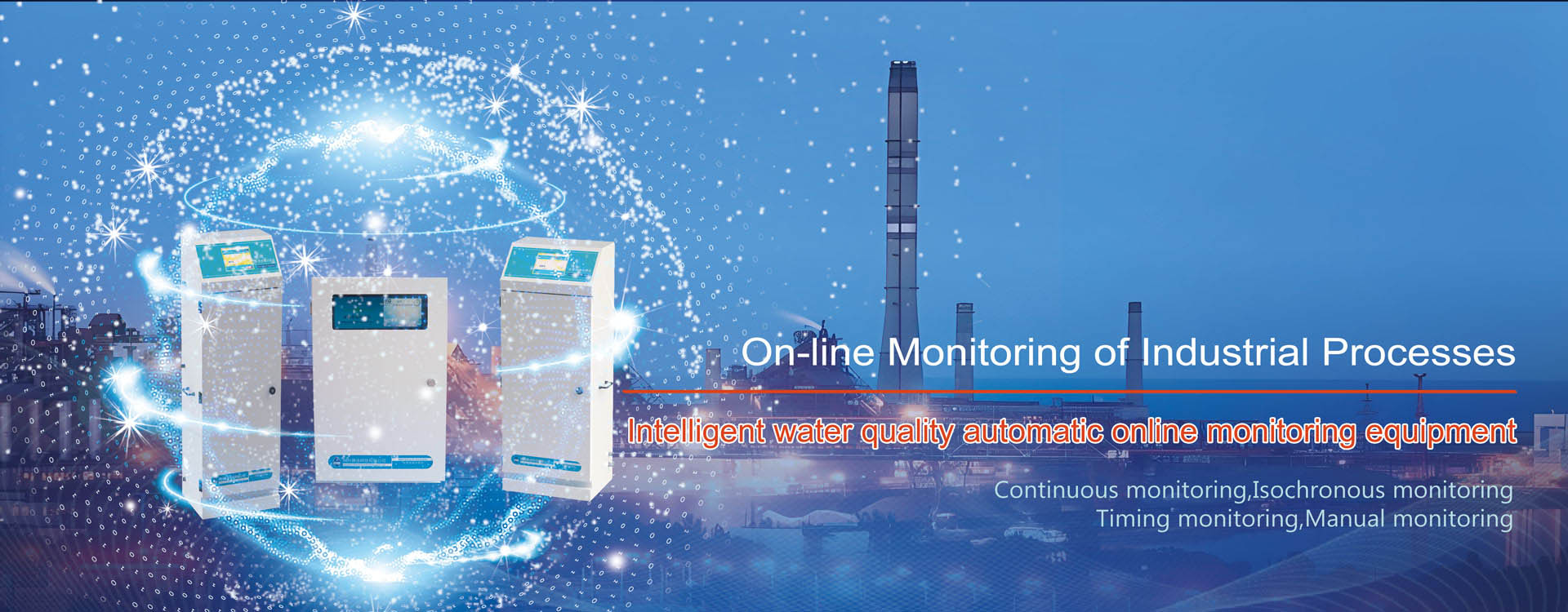In 2020, due to the impact of disinfection for epidemic prevention and control, attention should be paid to the detection of residual chlorine. So what kind of impact does large-scale sterilization of hospital wastewater have on water quality? The following water quality online monitoring instrument manufacturers to understand the relevant information with you!
As early as January 30, 2020, China issued the “Notice on Ecological and Environmental Emergency Monitoring in Response to the Novel Corona-virus Pneumonia Epidemic.” There are two important points!
· Take the environmental quality of drinking water source as the key monitoring object, and add indicators of epidemic characteristics such as residual chlorine and biological toxicity on the basis of the original routine detection indicators.
· Optimize the monitoring mode of the automatic monitoring network, reduce the impact of epidemic prevention and control on the automatic site, and give play to the early warning role of the monitoring network!
What is the effect of large-scale sterilization of hospital wastewater on water quality?
At present, in terms of water quality, not only China, but also many other countries’ automatic station early warning and monitoring data show that the proportion of I-III water quality is 86.1%, the proportion of IV and V is 11.7%, and the proportion of inferior V is 2.2%. Compared with the same period last year, the I-III class increased by 8.5 percentage points, the middle IV and V classes decreased by 5.1 percentage points, and the poor V class water quality decreased by 3.4 percentage points.
However, from the monitoring results of drinking water sources, the water quality monitoring instrument has been used to carry out multiple monitoring of drinking water, and no safety problems affecting the water quality have been found by the epidemic prevention and control. The “Total residual chlorine online analyzer” is also used to monitor the residual chlorine in water, and some of the residual chlorine is detected, accounting for 2.8% of its proportion. Even so, the monitored concentration is lower than the effluent water quality standard of the waterworks (0.3mg/L), and will not affect the water quality of the waterworks!




